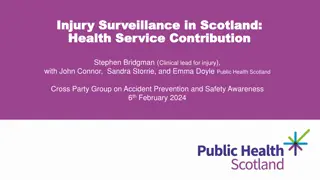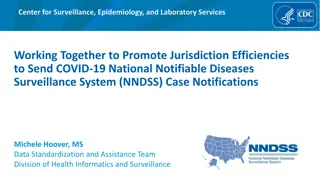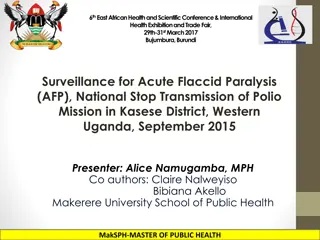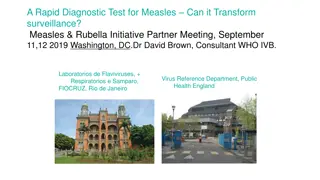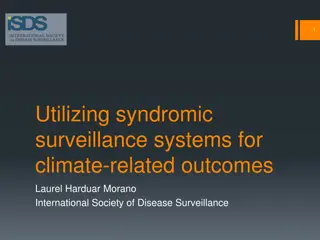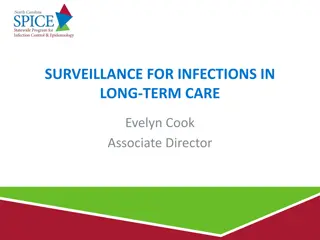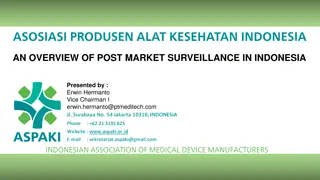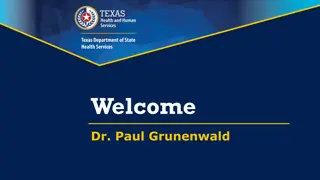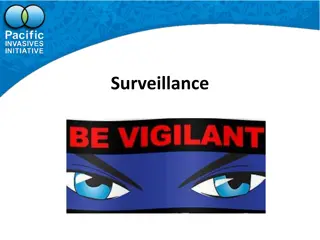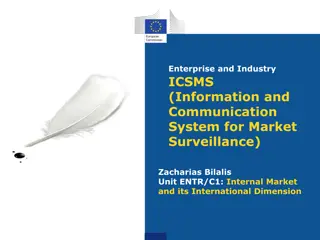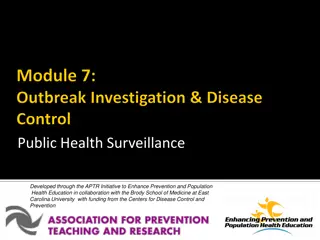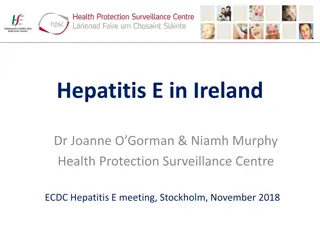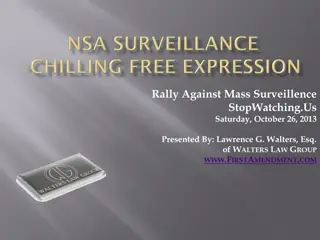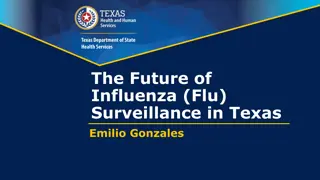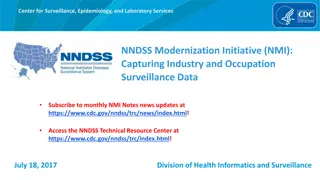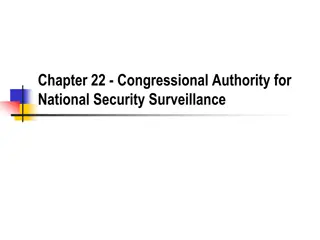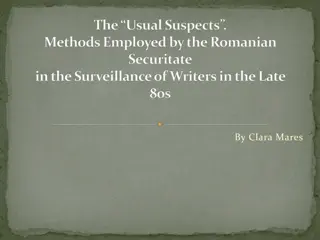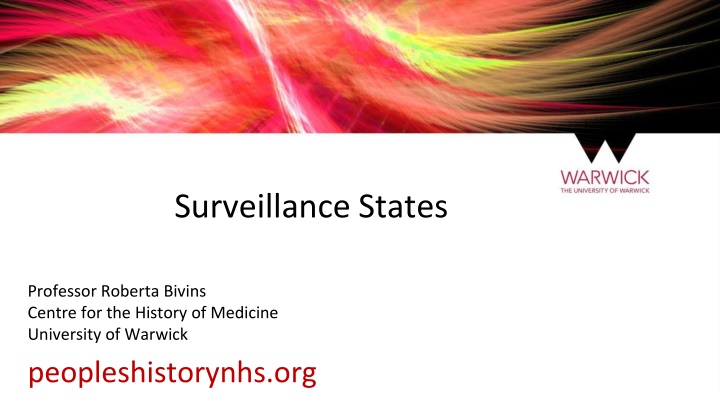
Exploring Surveillance and History in Student-Led Module at University
Dive into a unique student-led module at the University of Warwick focusing on surveillance states, history of medicine, and new forms of assessment. Discover thought-provoking discussions on surveillance, curation of objects, and interpreting cultural qualities. Join the interactive sessions and explore the intriguing topics with fellow students.
Download Presentation

Please find below an Image/Link to download the presentation.
The content on the website is provided AS IS for your information and personal use only. It may not be sold, licensed, or shared on other websites without obtaining consent from the author. If you encounter any issues during the download, it is possible that the publisher has removed the file from their server.
You are allowed to download the files provided on this website for personal or commercial use, subject to the condition that they are used lawfully. All files are the property of their respective owners.
The content on the website is provided AS IS for your information and personal use only. It may not be sold, licensed, or shared on other websites without obtaining consent from the author.
E N D
Presentation Transcript
Surveillance States Professor Roberta Bivins Centre for the History of Medicine University of Warwick peopleshistorynhs.org
About this module: Student-led! This means that there are no regular lectures (though I might give the odd mini-presentation) It also means that you have a chance to decide what content we cover in some weeks by selecting topics on Moodle. New forms of assessment: curation and (optional alternative to standard essay!) policy briefing
WEEK SEVEN This week I have to be in London for meetings with a funding body. How should we handle it? As a test run at student selection , we are going to choose how reschedule via Moodle, so please open your devices!
Discussion Ask your neighbours: Who s watching you now? Share: do you surveill yourself? Are there any present day equivalents to what Elise Smith discusses in her article?
Curating an object Let s talk about the personal weighing scales What can they tell us about surveillance states and how would we curate them for an exhibition or other public display?
What can you learn from an object alone? Look at the physical object: What are its physical qualities (e.g. light/heavy; fragile/sturdy)? Does it look worn? Is it still in box ? How was this object produced? Is it one of a kind, or one of very many? What are its cultural qualities? Does it look expensive/cheap? Exotic/ordinary? Modern/traditional? Remember that these qualities may differ over time: something might look ordinary today, but looked very modern when it was manufactured, for instance. Does the object bear any marks that might indicate its origins, manufacturer, or creator, or is it anonymous?
What else do you need to know about an object to interpret it? Who was the object (intended) for? You might look for advertising, manufacturers; annual reports, public health messaging, or press reporting to find this out. Resources: Grace s Guide; AdvertisingArchives; periodical press Who (if anyone) actually used the object? This can be hard to uncover directly Resources:Sales figures, periodical press, number of surviving examples, direct testimony Why was the object needed or desired when it was made? Resources: Secondary historical literature; contemporary news and lifestyle reporting; direct testimony; advertising.
Is an image or a book or a an object ? Yes, images, texts, films, photos, etc., CAN be interpreted and curated as objects. But your tools and question may need a little tweaking from the standard ways in which you may have interpreted these items before
Advertising Archives: Scales If Banksy Has a Security System it s Probably Minut https://shop.grossdomesticproduct.com/

